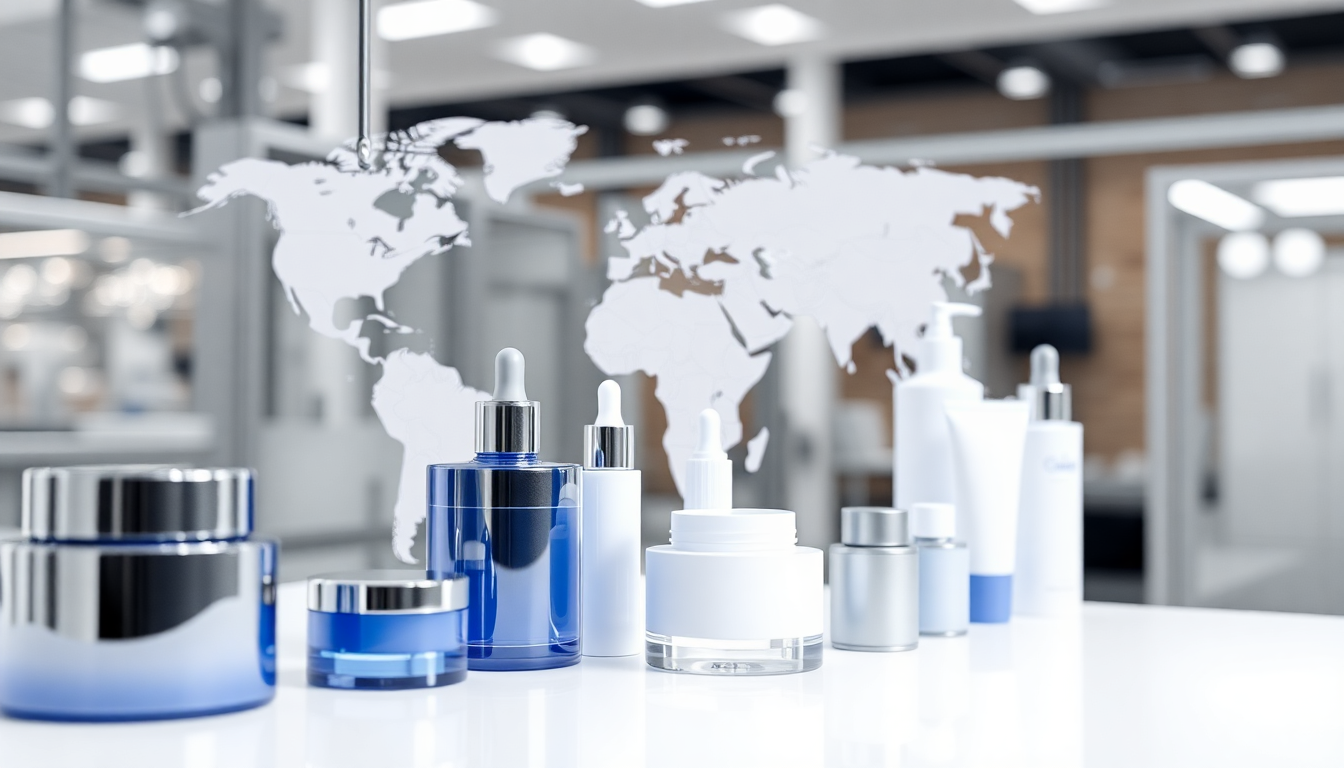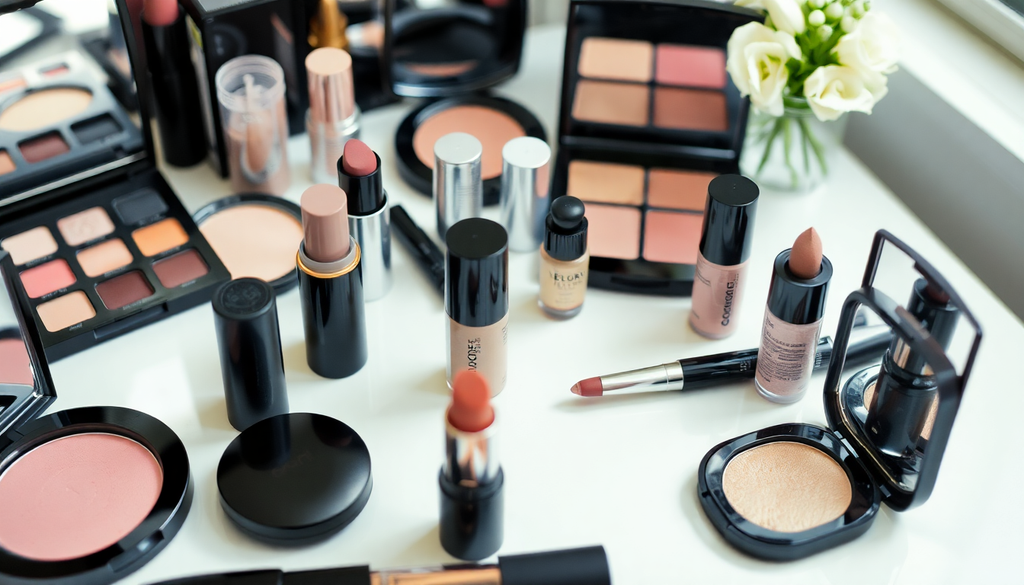
Global Cosmetic Contract Manufacturing Trends: China's Competitive Edge in 2025
Global Cosmetic Contract Manufacturing Trends: China's Competitive Edge in 2025
The global cosmetics industry is a dynamic and ever-evolving landscape. In 2025, contract manufacturing, encompassing both cosmetic OEM (Original Equipment Manufacturing) and private label manufacturing, plays a crucial role in enabling brands of all sizes to compete effectively. Among the key players shaping this landscape, China stands out with its significant competitive advantages within the complex global supply chain. This article delves into the current trends and explores why China has become a prominent force in beauty manufacturing trends, examining the multifaceted reasons behind its success and the challenges that lie ahead.
The Rise of Cosmetic Contract Manufacturing: A Paradigm Shift
The increasing demand for personalized beauty products, coupled with the rising costs of in-house production and the need for agility in a fast-paced market, has fueled the exponential growth of cosmetic contract manufacturing. This shift represents a strategic move for brands, especially startups and smaller companies, allowing them to access advanced technologies, economies of scale, and specialized expertise without the substantial capital investment required for establishing their own manufacturing facilities. This model offers numerous benefits, including:
- Reduced Capital Expenditure: Eliminates the need for significant upfront investment in equipment, facilities, and personnel.
- Faster Time-to-Market: Contract manufacturers often have existing infrastructure and processes, leading to quicker product launches.
- Access to Expertise: Taps into specialized knowledge and skills in formulation, production, and quality control.
- Flexibility and Scalability: Easily adjust production volumes to meet fluctuating demand without significant infrastructural changes.
- Risk Mitigation: Distributes manufacturing risks, allowing brands to focus on marketing and sales.
China's Dominance: Unpacking the Competitive Advantages
China's emergence as a leading force in cosmetic contract manufacturing is multifaceted and stems from a confluence of factors that create a compelling value proposition for global brands:
1. Cost-Effectiveness: A Key Driver
China's lower labor costs and production expenses remain a primary attraction. This cost advantage translates directly into higher profit margins for brands, particularly crucial in the price-sensitive mass-market segment. This cost-effectiveness, however, must be considered alongside other factors such as quality control and potential logistical challenges.
2. Robust and Integrated Supply Chain: Efficiency and Accessibility
China boasts a comprehensive and integrated supply chain for cosmetic ingredients, packaging, and other raw materials. This readily available ecosystem significantly reduces lead times, simplifies sourcing, and minimizes logistical hurdles. The close proximity of suppliers streamlines the entire production process, contributing to efficiency and cost savings.
3. Technological Advancements: Embracing Automation and Innovation
Chinese cosmetic factories are rapidly adopting advanced technologies and automation, improving production efficiency, consistency, and quality. This technological advancement is particularly evident in areas like automated filling lines, precision dispensing systems, and advanced quality control mechanisms, ensuring a high level of product standardization.
4. Government Support and Favorable Policies: A Supportive Ecosystem
The Chinese government actively supports its cosmetics industry through various initiatives, including tax breaks, streamlined regulations, and investment incentives. These policies create a favorable environment for both domestic and foreign investment in cosmetic contract manufacturing.
5. Skilled Workforce: A Talent Pool for Cosmetic Production
China possesses a large and skilled workforce with experience in cosmetic production, offering contract manufacturers access to a talent pool capable of meeting diverse manufacturing needs. This skilled labor force is a significant contributor to the high quality and efficiency of Chinese cosmetic manufacturing.
Navigating the Complexities: Challenges and Considerations
While China offers significant advantages, navigating the complexities of the China cosmetics factory landscape requires careful due diligence. Brands must thoroughly vet potential partners, paying close attention to several critical factors:
- Quality Control and Certifications: Verify compliance with international quality standards such as GMP (Good Manufacturing Practices) and ISO certifications.
- Intellectual Property Protection: Implement robust measures to safeguard intellectual property rights and ensure confidentiality.
- Environmental and Social Responsibility: Assess the factory's environmental practices and commitment to ethical labor standards.
- Regulatory Compliance: Ensure compliance with all relevant Chinese and international regulations, including those related to ingredient safety and labeling.
- Logistics and Transportation: Evaluate the efficiency and reliability of the transportation infrastructure for timely delivery of products.
Beauty Manufacturing Trends Shaped by China: Innovation and Influence
China's influence extends beyond its manufacturing capabilities; it is also a significant trendsetter in the global cosmetics industry. Chinese consumer preferences and innovative product development are shaping global beauty manufacturing trends. Key trends influenced by China include:
- Focus on Natural and Organic Ingredients: A growing emphasis on natural and organic ingredients aligns with global consumer demand for sustainable and environmentally friendly beauty products.
- Personalized Skincare Solutions: China's tech-savvy consumers drive the demand for customized skincare regimes and personalized formulations, influencing global product development.
- Technological Advancements in Formulation and Packaging: Innovation in ingredient delivery systems, smart packaging, and advanced formulations is driven by Chinese advancements.
The Future of Global Cosmetic Contract Manufacturing: A Dynamic Landscape
The future of global cosmetic contract manufacturing is dynamic and driven by various factors, including technological advancements, shifting consumer preferences, and geopolitical changes. While China is expected to maintain its significant role, brands must consider diversifying their supply chains to mitigate risks and leverage opportunities in other regions. The ongoing evolution of the global landscape demands adaptability and strategic foresight from all stakeholders within the beauty industry.



